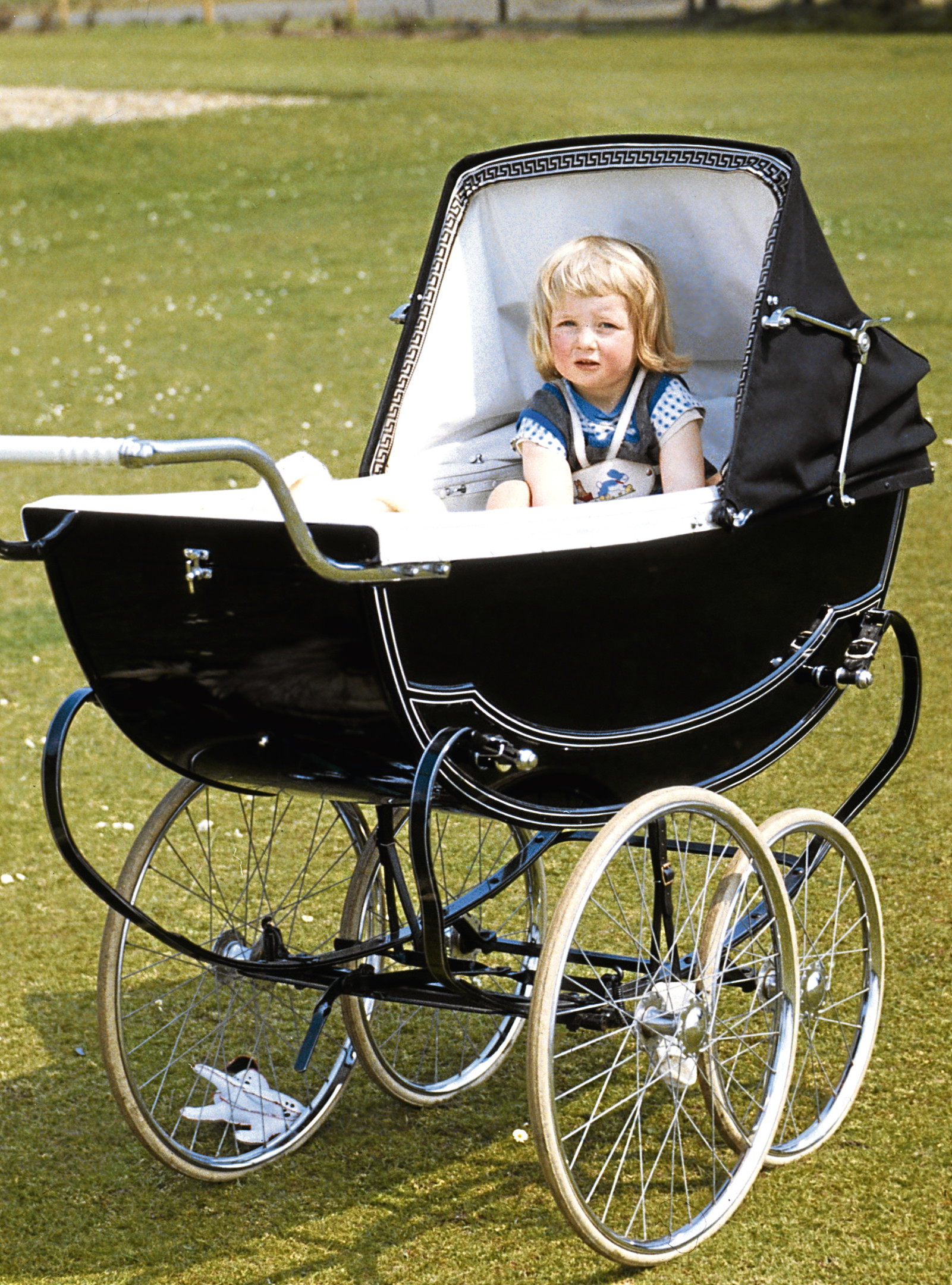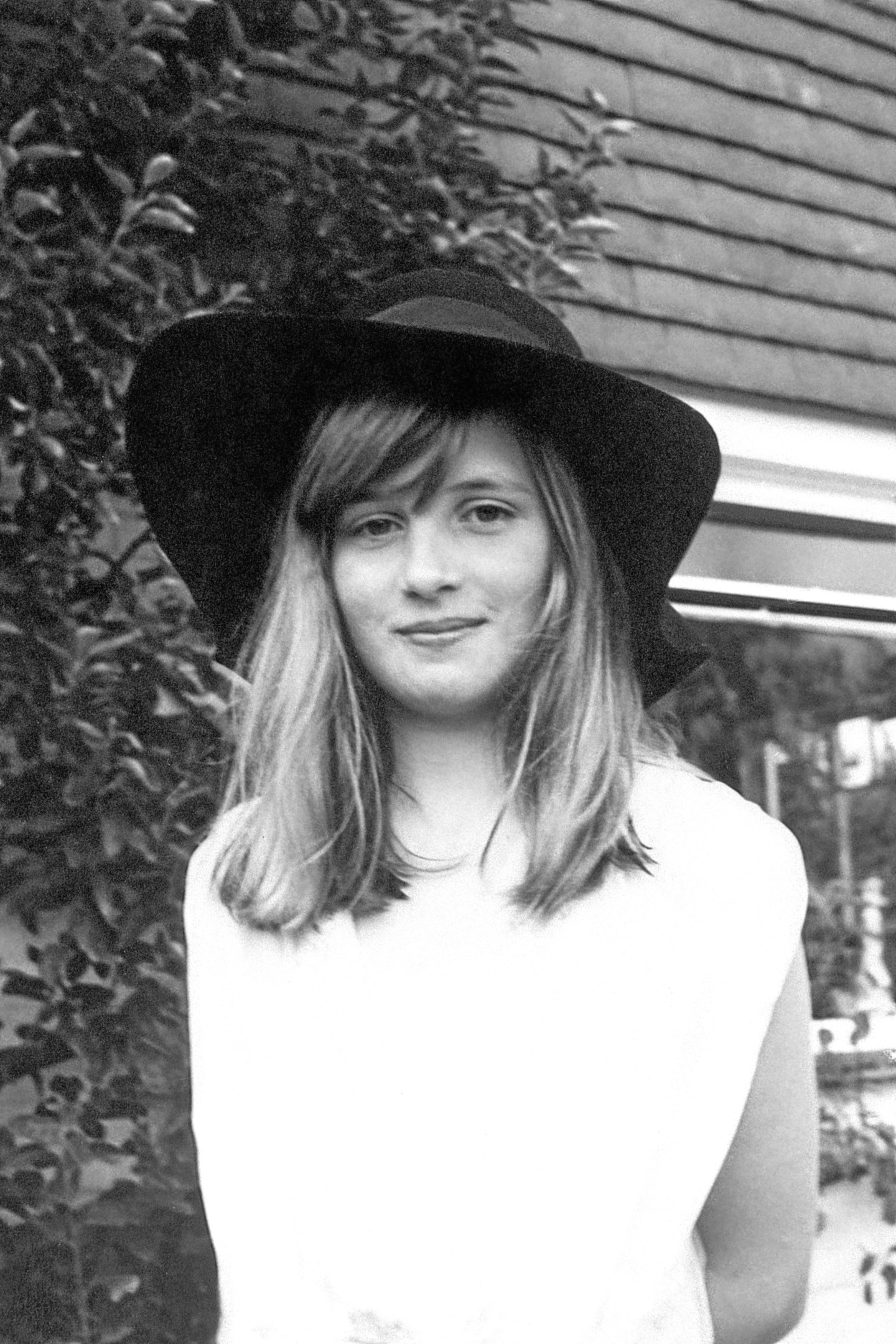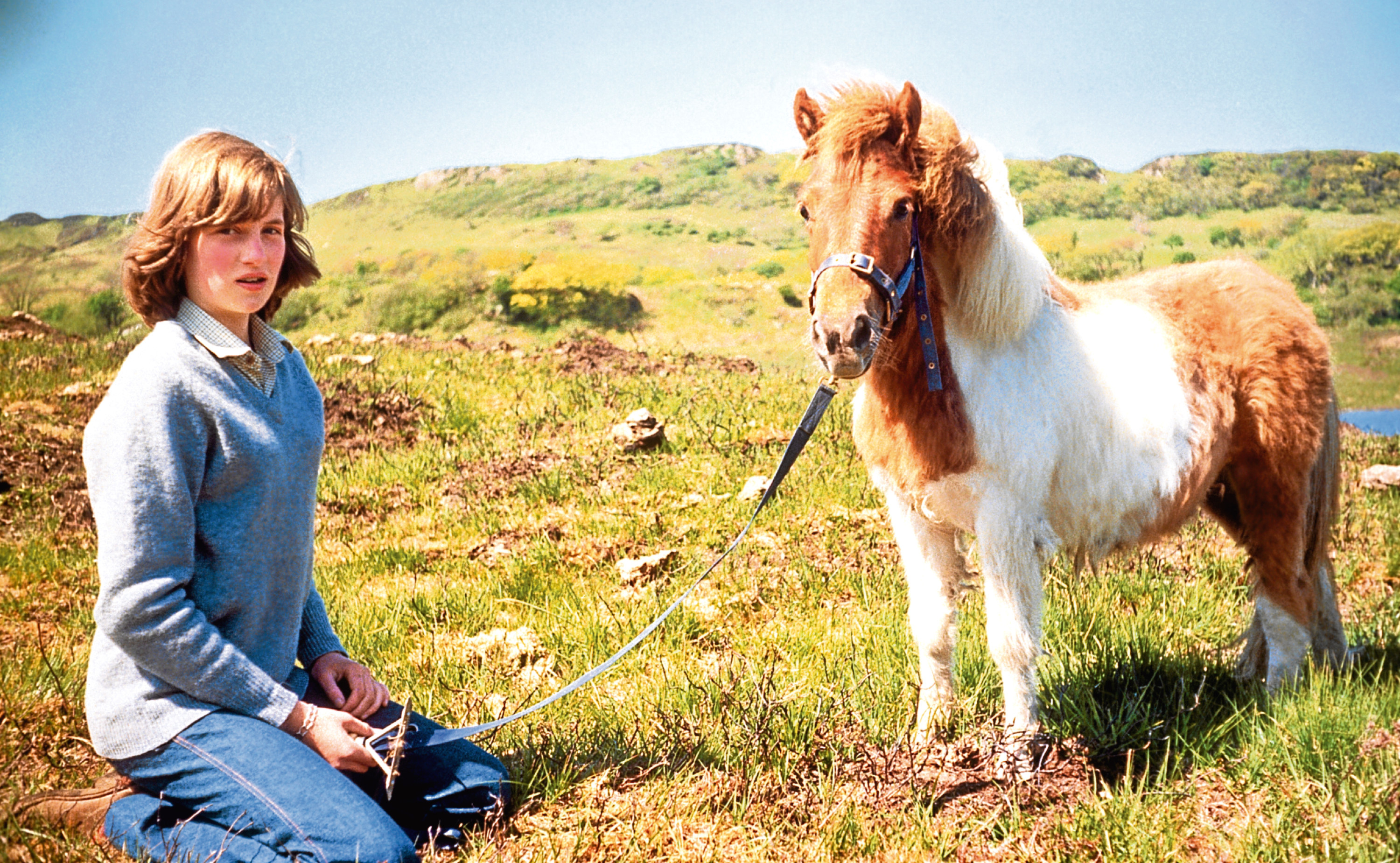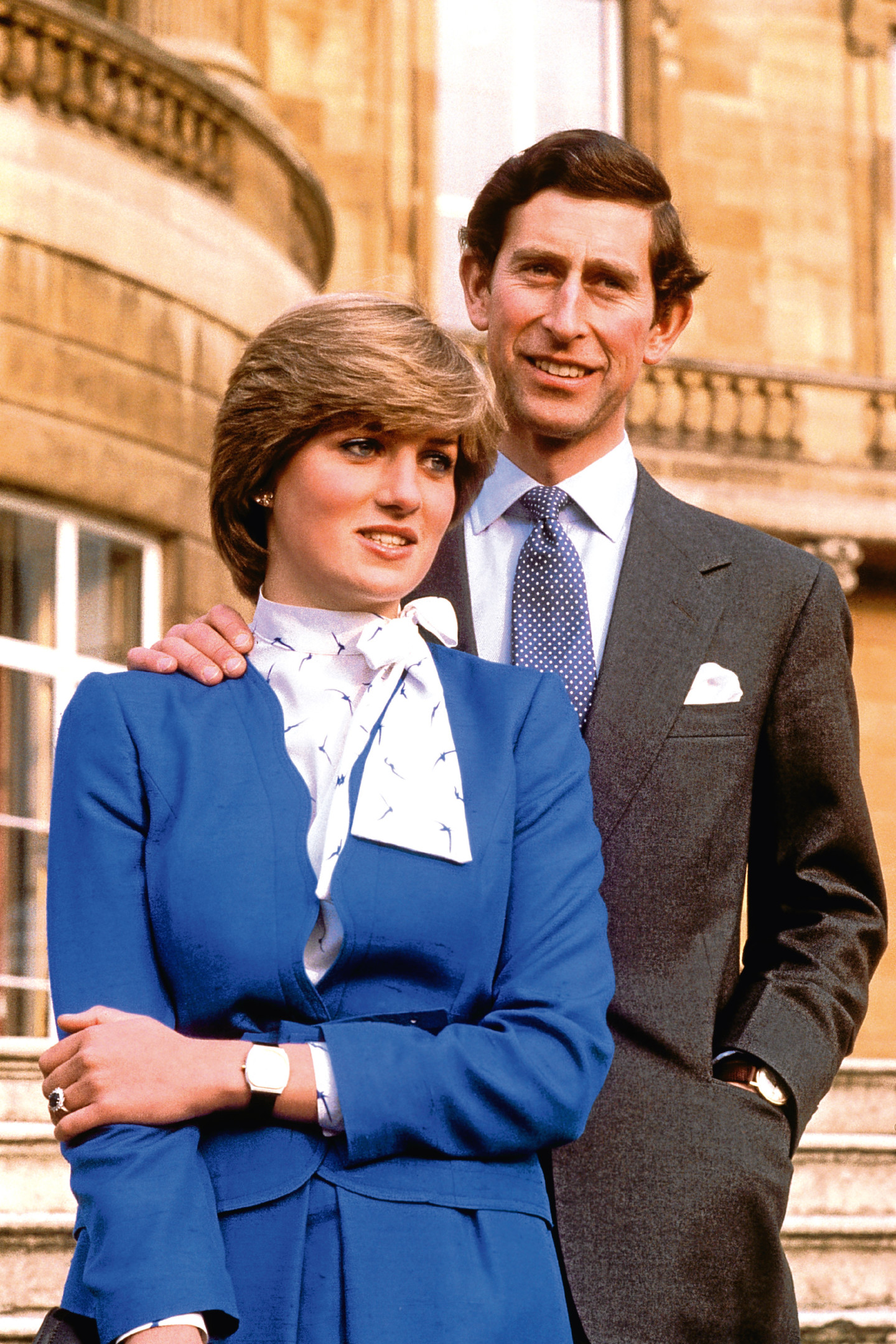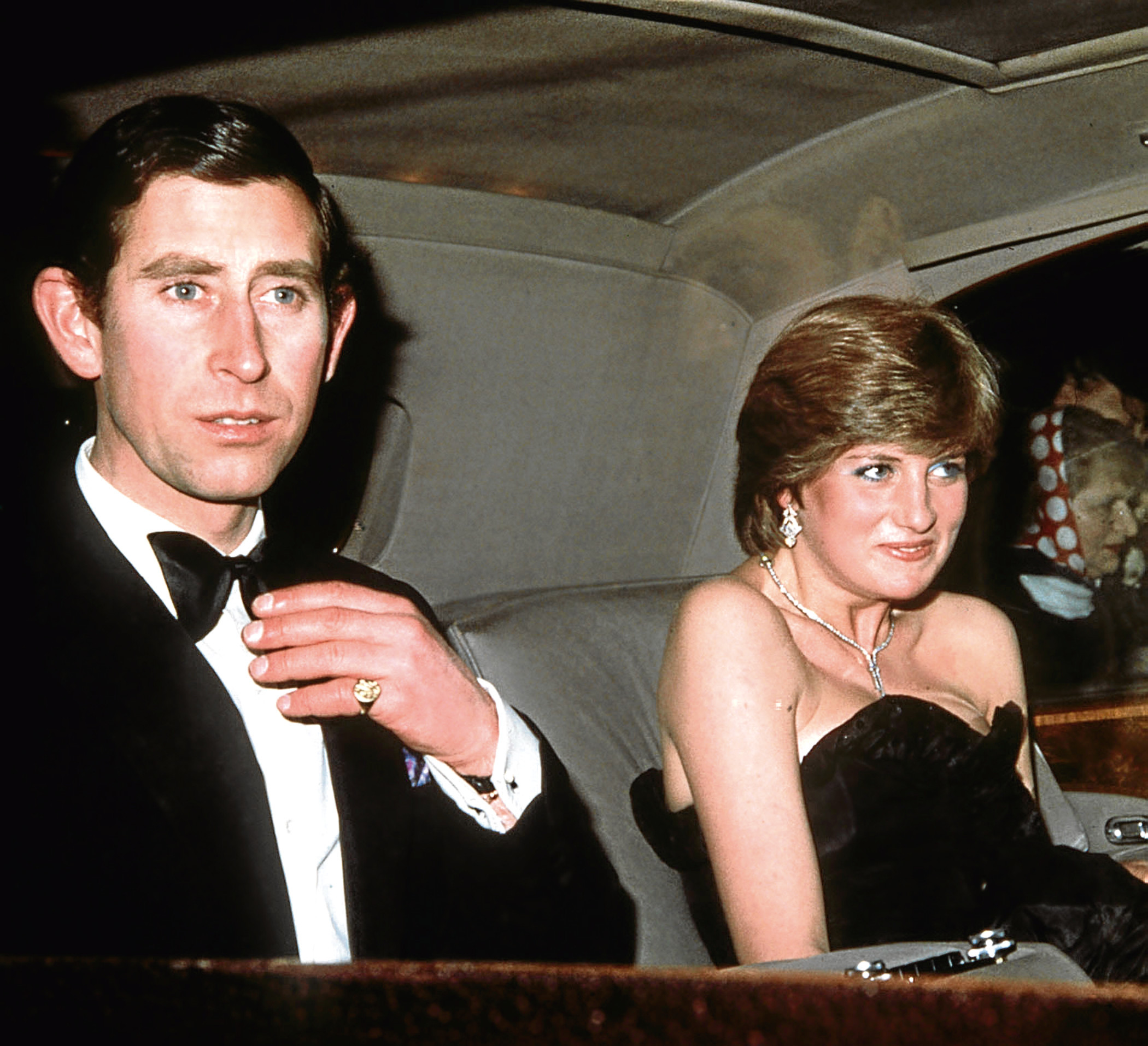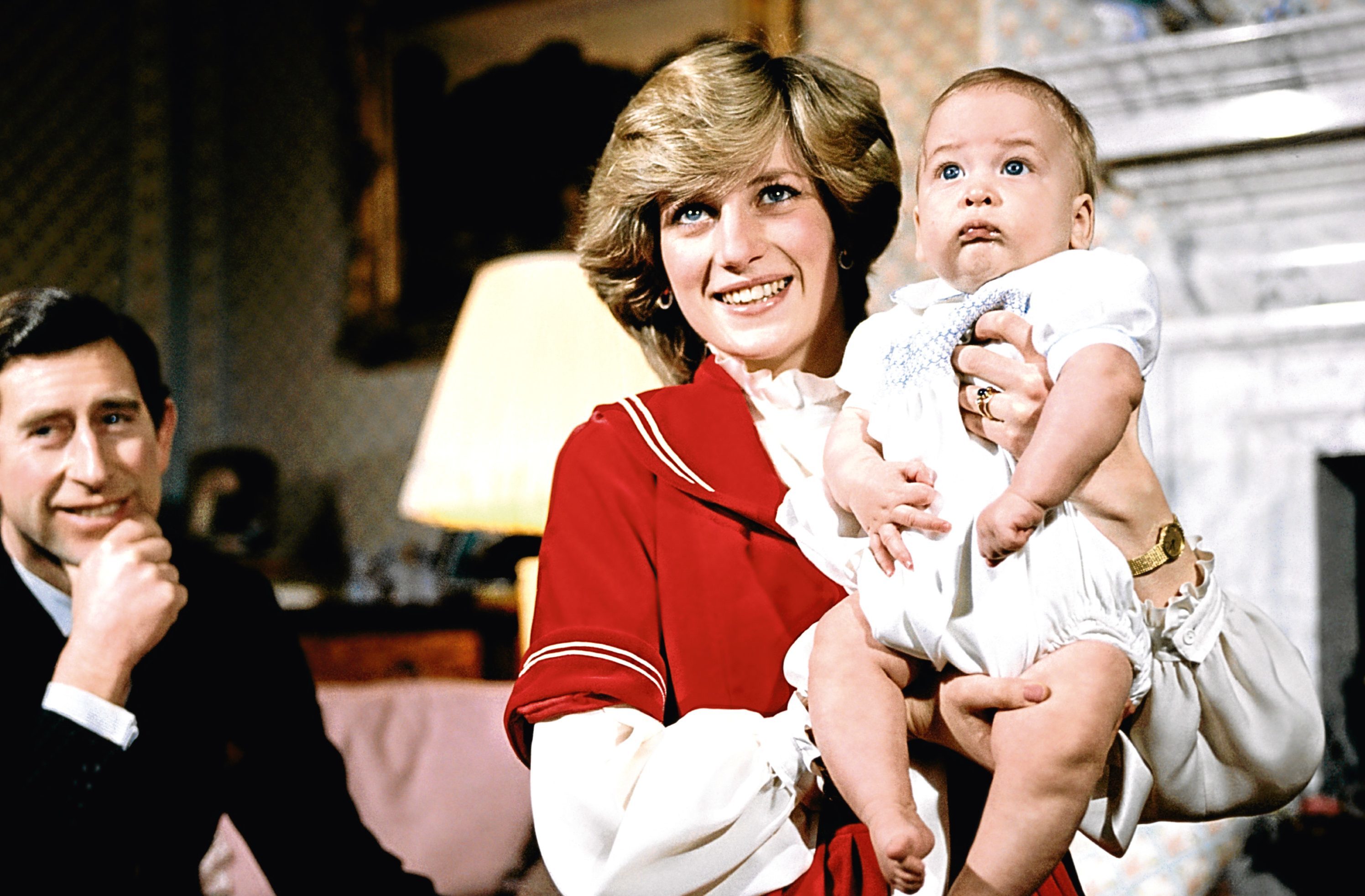
AUGUST 31, 1997 was a date that shocked the world.
Much like when JFK was assassinated, everyone is able to remember clearly where they were when they heard the news of Princess Diana’s passing, as the result of a car crash in Paris.
Such was the regard for the People’s Princess that even now, 20 years after her death, we are still talking about her.
Diana Frances Spencer was born on July 1, 1961, to John Spencer — Viscount Althorp and 8th Earl Spencer — and his wife Frances.
The fourth of five children to the couple, Diana had links with the Royal Family long before she’d starting dating Prince Charles.
Both of her grandmothers worked as ladies-in-waiting to the Queen Mother, and her family lived in Park House, on the Sandringham Estate. The house was leased to them by The Queen, who owned it.
Holiday season would bring Diana to stay at Sandringham House, where she formed a friendship with princes Andrew and Edward, with whom she would play in the grounds.
Given that it was Diana who went on to marry Charles and have two sons with him, it is easy to forget that he actually dated Diana’s sister, Sarah, first.
Apparently, while still at boarding school, Diana had had a crush on Charles, with a picture of him hung above her bed.
Things obviously didn’t work out with Sarah, and when Diana was later introduced to her future husband — aged 16 on a pheasant hunt in Norfolk — she was immediately smitten.
Her former music teacher Penny Walker recalled Diana gushing about meeting him and being excited about the encounter.
“I can remember the weekend she came back after she met him because she couldn’t talk about anything else,” said Penny.
“She said: ‘I’ve met him! At last, I’ve met him.’”
It would be another two years before Diana started to date Charles, but Sarah delighted in being the one to have introduced the two of them.
It had been love at first sight for Diana. Unfortunately, of course, it wasn’t to last, but for a while, Diana was on cloud nine.
In the January of 1981, Charles called Diana from Klosters, where he was on a skiing holiday, telling her he had something important to ask her when he returned.
When he proposed, at Windsor Castle, on February 6, 1981, he told her he’d missed her and wondered whether she’d marry him.
She is said to have become giggly and accepted straightaway — Charles had been aware she was about to go to Australia and had expected — and perhaps hoped, in hindsight — that she’d want some time to think about it.
Their engagement was made official on February 24, 1981, and, asked if they were marrying for love, Diana said: “Of course.”
Charles’s response, ominously, was: “Whatever love means.”
There was a minor scandal over Diana’s engagement ring as it was was picked out of a catalogue.
A catalogue? Where “commoners” would be able to choose the same jewellery? Perish the thought!
The norm had been for royals to have their jewellery custom-made, but the fact Diana had bucked the trend was offensive to some.
At £28,500 — at the time — the ring was a lot more expensive than typical High-Street jeweller’s rings, but the cost to the Royal Family was a drop in the ocean and far from being one of a kind, was something that members of the public could buy — should they have the cash, of course.
After the princess’s death, the ring — an oval 12-carat Ceylon sapphire surrounded by a cluster of 14 solitaire diamonds set in white gold — ended up in Prince Harry’s possession, with William receiving her Cartier watch.
When Harry got wind of the fact William was planning to propose to girlfriend Kate, he decided to give the ring to his older brother, feeling it was only right that his mother’s ring should end up on the hand of the future queen.
Quite recently, David Allen, who is the Creative Director at 77 Diamonds, estimated that the ring would be worth around £300,000 today.
The furore over the ring wasn’t the first time Diana found herself in the spotlight for reasons she’d rather not be.
And it certainly wasn’t the last.
Soon after she’d started dating Charles, she’d been trying to get rid of a persistent photographer.
She negotiated with him, saying if he never bothered her again, she’d allow him to take pictures of her outside the kindergarten where she worked.
That was fair enough, but the sneaky photographer had positioned the innocent group against the sun.
The result was a picture which became famous worldwide for the fact that it exposed Diana’s legs through the material, which was far too thin — a scenario that repeated itself earlier this year, with Kate this time instead of Diana.
Seemingly, after the pictures of Diana were published, Charles jokingly ticked her off.
“I knew that you have good legs, but I had overlooked the fact that they are quite so spectacular,” he said.
“Do you necessarily have to show them to everybody?”
There was further trouble when it was reported that Diana had spent the night on the royal train.
This led to debate whether or not she was still a virgin after this occasion.
Given the fact that, officially, the bearer of the future heir was expected to go to marry as a virgin, this speculation was potentially detrimental to Diana and the Palace’s reputation.
As we all know, however, that wedding, on July 29, 1981, very much went ahead — and with a global audience of 750 million people.
Diana’s dress — which was designed by David Emanuel — actually broke royal records, with the 25-foot train the longest one in royal history.
The dress was decorated with sequins and embroidery and an incredible 10,000 pearls.
She had several practice sessions of walking in it.
READ PART TWO BELOW

Enjoy the convenience of having The Sunday Post delivered as a digital ePaper straight to your smartphone, tablet or computer.
Subscribe for only £5.49 a month and enjoy all the benefits of the printed paper as a digital replica.
Subscribe